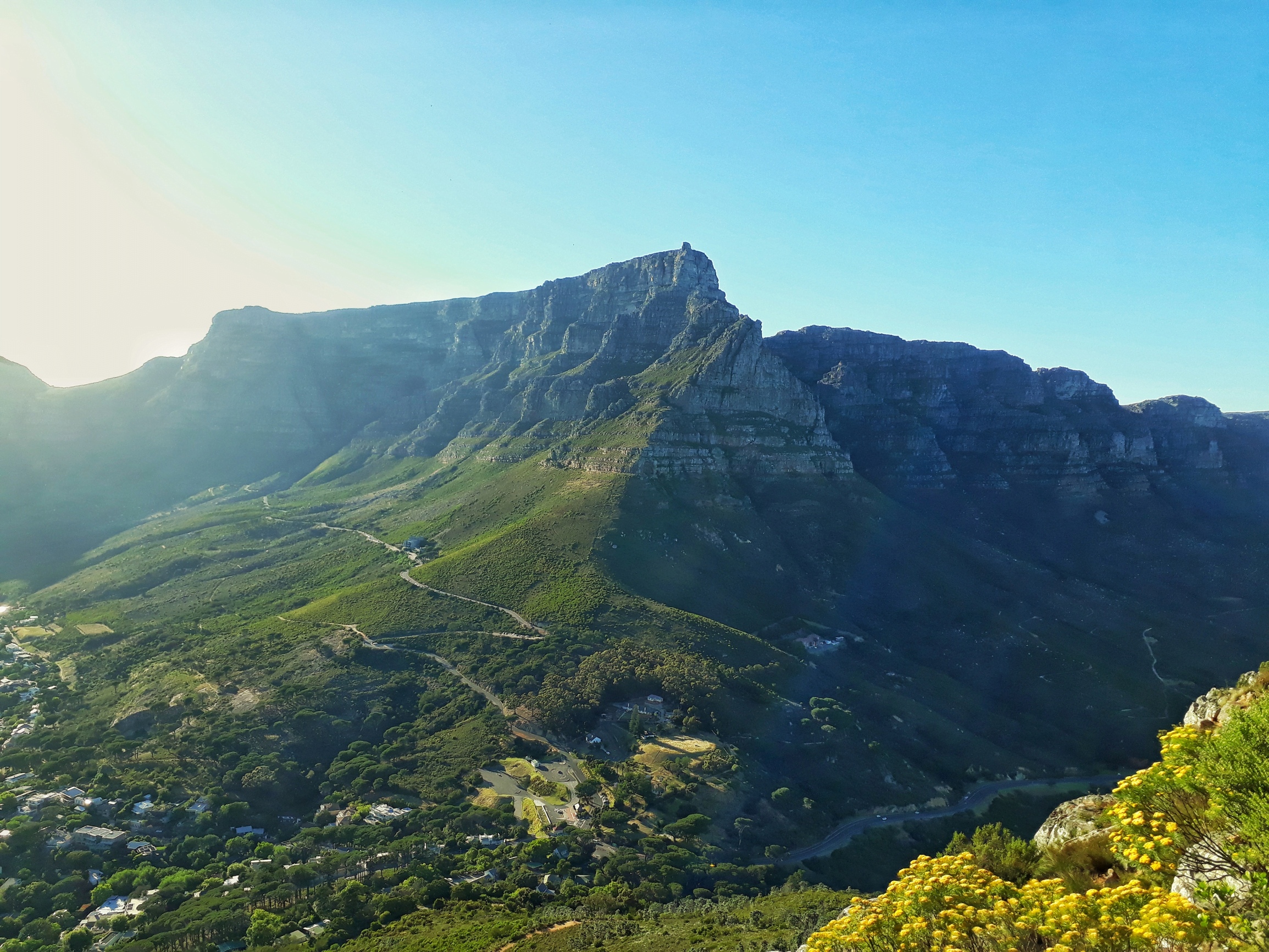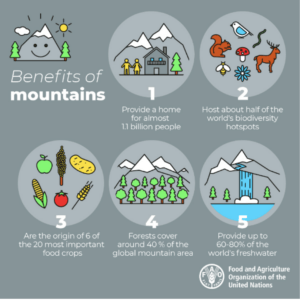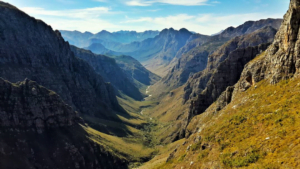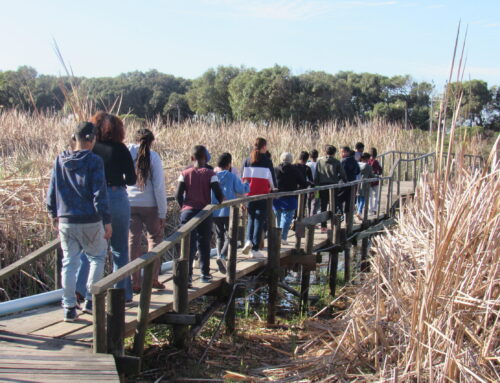Written by Luke Foster
World Mountain Day, observed on December 11th, commemorates the pivotal significance of mountains, not only for humanity but for the entirety of life on Earth. It was first instituted by the United Nations in 2003. In the current year, the spotlight rests on the theme of “Restoring Mountain Ecosystems,” aligning with the UN decade (2021-2030) dedicated to ecosystem restoration.
Mountains, which make up 25% of the Earth’s land surface, are of great importance. They serve as home for 1.1 billion people globally and support the existence of half of the world’s biodiversity hotspots. Their essential role extends to being primary contributors, supplying 60-80% of the planet’s freshwater, and nurturing six out of the top 20 crucial food crops worldwide.
Beyond their ecosystem services, mountains hold historical and cultural significance, being revered in religious practices while also playing fundamental roles in shaping global history through various conflicts and wars.
Mountains aren’t just huge rocks—they’re like nature’s mysterious playgrounds, full of excitement and wonder and some of the last wild places in the world. They’ve got this magical pull that makes you want to explore every nook and cranny, discovering their hidden treasures. They’re not just about plants and animals; they’re about that thrilling feeling of venturing into the unknown, beckoning adventurers to uncover their raw beauty, a valuable feeling in this world of ever-expanding concrete.
The tallest mountain in the world might be Mount Everest, but South Africa hosts the world’s oldest mountain, The Barbertown Greenstone Belt, and also some of the most unique. Table Mountain, for example, voted as a new wonder of nature, stands as a fundamental part of Cape Town’s identity, serving as an iconic emblem that defines the city’s landscape. Its presence not only shapes the weather and character of Cape Town but also plays a central role in South Africa’s tourism industry. Notably, it recorded 2.4 million visitors in 2022, which makes up 49% of all visitors for that year to our national parks.
Mountains face increasing threats from human activities such as deforestation, mining, and unregulated tourism, pressurising their ecosystems and the communities reliant on them. Deforestation accelerates soil erosion, while mining operations can lead to habitat destruction and water pollution, impacting both wildlife and human populations. Tourism, if not managed sustainably, can result in habitat degradation and disturbance to fragile ecosystems. Climate change compounds these challenges, by increasing the frequency and intensity of natural disasters and altering ecosystems beyond their natural resilience.
For example, the Cape Rockjumper, a bird species endemic to South African mountain ranges, is on the decline as a result of rising temperatures and a reduction of suitable habitat as a result of climate change. The Ethiopian wolf is another species that relies on mountains for suitable habitat and are now restricted to only seven mountains of habitat, with less than 200 adults remaining.
Understanding these challenges empowers us to take action. Sustainable tourism, conservation efforts, environmental education and community engagement are some of the ways to contribute to safeguarding these landscapes.
So, for today, let’s take some time to appreciate the mountains of the world, if for nothing else than for making this world a more beautiful place.








